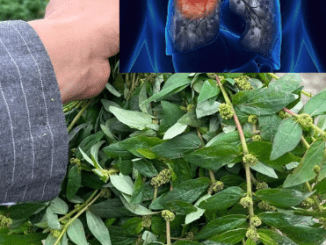Paprika is a vibrant and flavorful spice that has become a kitchen staple in cuisines across the globe. Its distinctive red hue and versatile taste make it an essential ingredient for adding color, flavor, and a touch of warmth to a wide range of dishes. But what exactly is paprika made of, and how does it achieve its unique characteristics? Let’s dive into the origin, production, and varieties of this beloved spice to uncover its secrets.
The Origin of Paprika
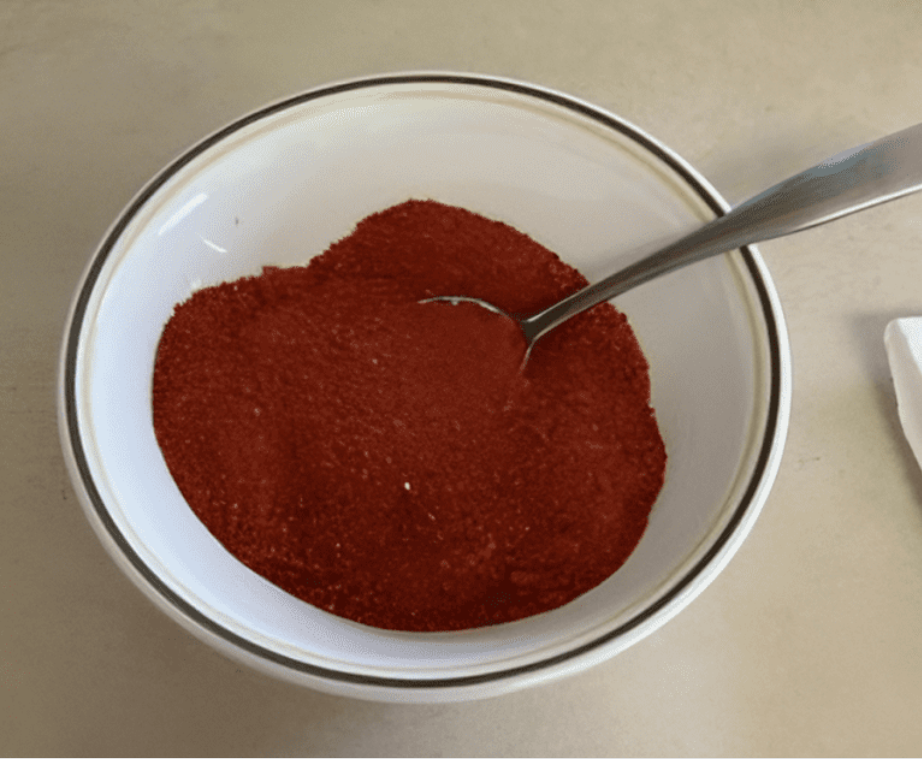
Paprika’s journey begins with the red peppers from which it is derived. These peppers belong to the Capsicum annuum species, which includes both sweet bell peppers and hotter chili peppers. The specific variety of pepper used in paprika production can vary significantly, influencing the spice’s flavor profile and heat level.
From the Americas to Europe: Paprika’s Historical Roots
Paprika has its origins in the Americas, where indigenous peoples first cultivated and used the peppers that would eventually become the base for the spice. With the arrival of European explorers in the New World, these peppers were introduced to Europe, where they quickly gained popularity. Hungary and Spain, in particular, embraced paprika, incorporating it into their traditional cuisines and elevating it to a culinary staple.
The Process of Making Paprika
The production of paprika is a meticulous process that involves several key stages, each of which contributes to the final product’s flavor, color, and texture.
Harvesting: Timing Is Everything
The journey of paprika begins with the harvesting of red peppers. Timing is crucial in this stage, as peppers must be harvested at the peak of ripeness to ensure they have the optimal flavor and color. Overripe or underripe peppers can negatively affect the quality of the resulting spice.
Drying: Preserving the Flavor
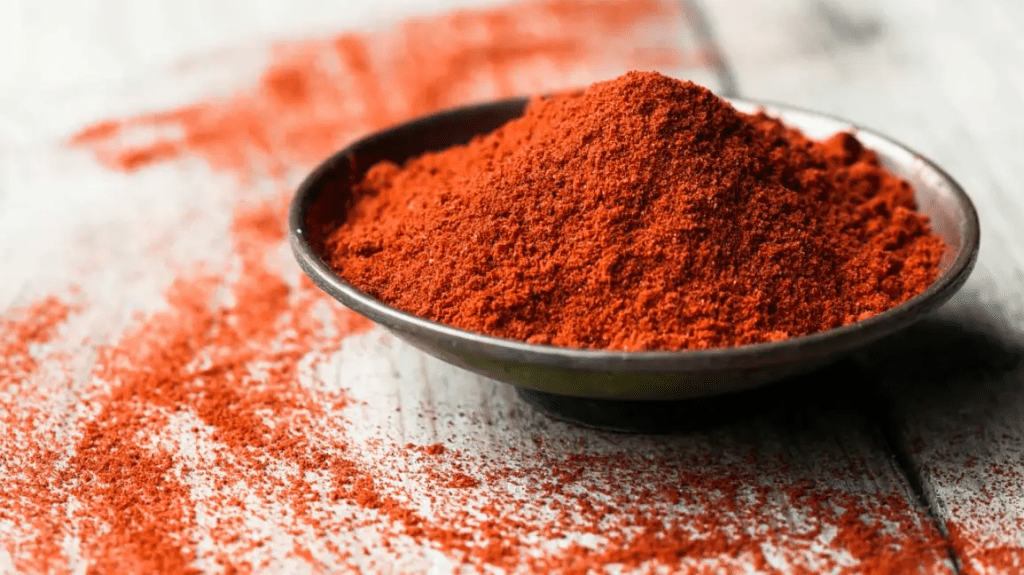
After harvesting, the peppers are thoroughly dried to remove moisture. This drying process can be carried out in various ways, including air drying, sun drying, or using dehydrators. The method chosen can subtly influence the flavor of the paprika. Drying concentrates the natural flavors of the peppers and ensures that they are preserved for long-term storage.
Grinding: Turning Peppers into Powder
Once the peppers are fully dried, they are ground into a fine powder. The fineness of the grind can vary depending on the desired texture of the paprika. This stage is where the peppers truly transform into the spice that graces kitchen shelves around the world.
Processing Variations: Crafting Unique Flavors
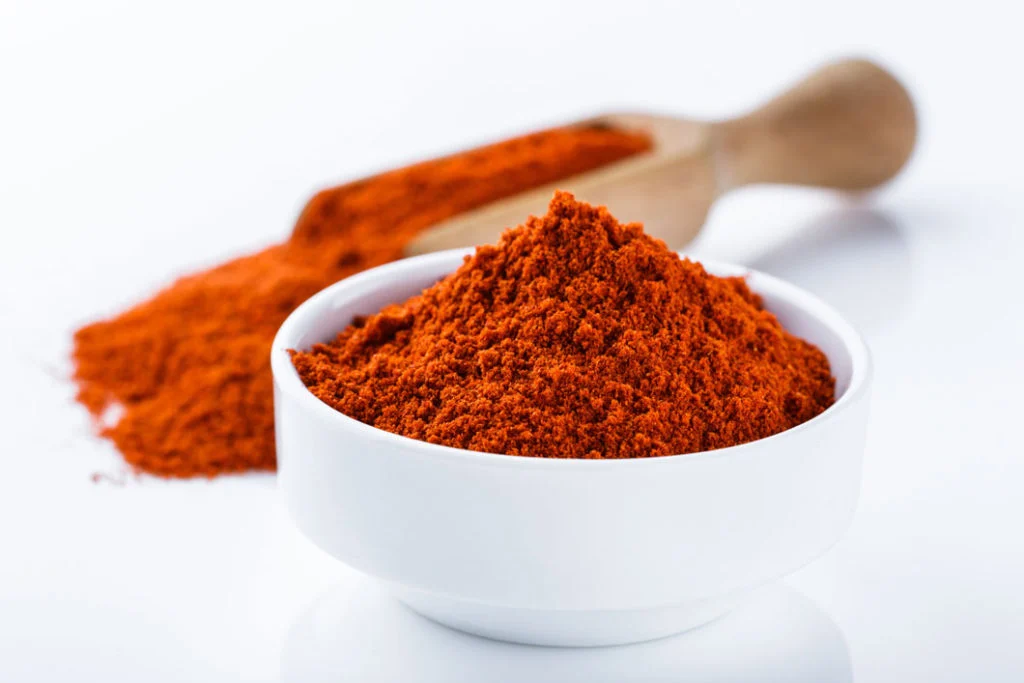
Not all paprika is created equal. Some varieties undergo additional processing to develop specific flavors. For example, smoked paprika, also known as pimentón, is made from peppers that are smoked before drying. This imparts a rich, smoky flavor that adds depth to many dishes, particularly in Spanish cuisine. Other types of paprika may be blended with various spices or salt to create specialized seasoning mixes.
Types of Paprika: A Spice for Every Palate
Paprika comes in several varieties, each offering its own unique characteristics. Whether you prefer something mild or with a bit of heat, there’s a type of paprika to suit your taste.
Sweet Paprika: Mild and Versatile
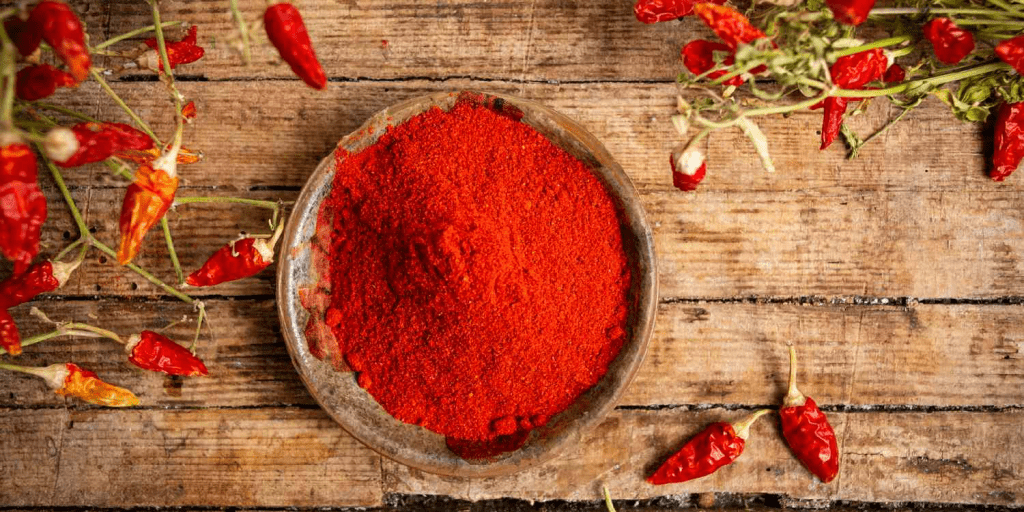
Sweet paprika is known for its mild flavor and vibrant red color. It’s the most commonly used variety and is perfect for adding color and a subtle sweetness to dishes. It’s a go-to spice for those who want to enhance the appearance and flavor of their food without adding too much heat.
Hot Paprika: A Kick of Heat
For those who enjoy a bit of spice, hot paprika is the way to go. Made from spicier pepper varieties, this type of paprika adds a fiery kick to recipes. It’s ideal for dishes where you want the flavor of paprika to stand out and make an impact.
Smoked Paprika: Rich and Smoky
Smoked paprika, or pimentón, is a staple in Spanish cuisine. The peppers used for this variety are smoked over wood fires before being dried and ground. This process imparts a deep, smoky flavor that enhances everything from meats to stews to sauces.
Hungarian Paprika: A Culinary Tradition
Hungary is famous for its high-quality paprika, which ranges from sweet to hot. Hungarian paprika is a key ingredient in traditional dishes like goulash and paprikash. The rich, complex flavors of Hungarian paprika make it a favorite among chefs and home cooks alike.
Culinary Uses: How to Incorporate Paprika into Your Cooking
Paprika is incredibly versatile, making it a must-have in any kitchen. Here are some popular ways to use this flavorful spice:
Adding Depth to Soups and Stews
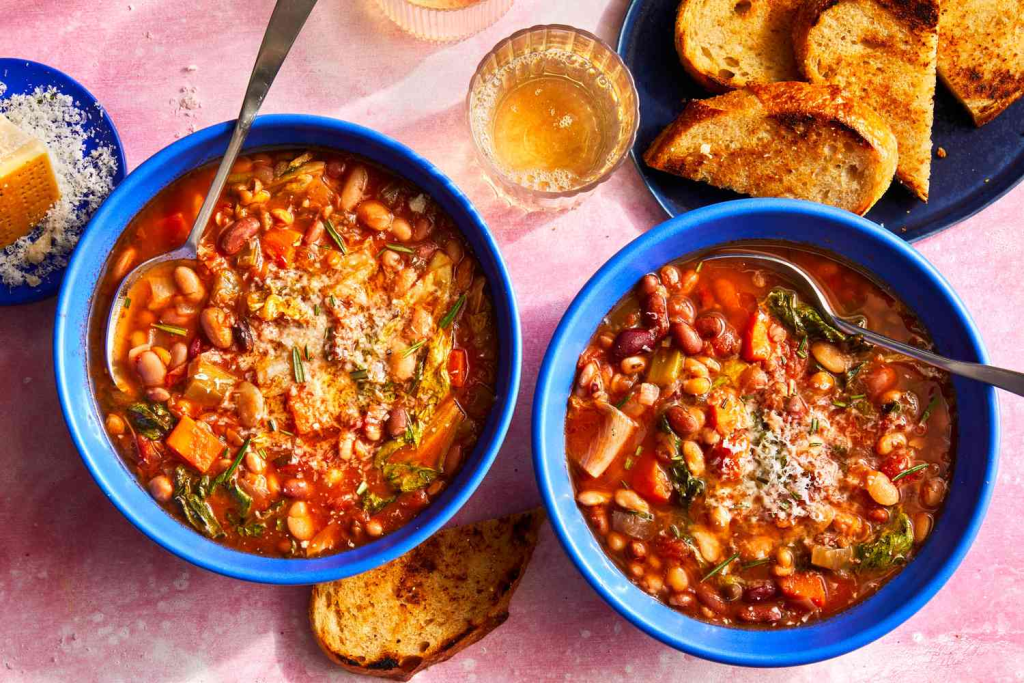
Paprika is often used in soups and stews to add depth and color. Its earthy sweetness complements a wide range of ingredients, making it a perfect addition to dishes like chicken paprikash, goulash, or lentil soup.
Enhancing Meats and Vegetables
Paprika’s vibrant color and mild flavor make it an excellent seasoning for meats and vegetables. Sprinkle it on chicken, pork, or roasted vegetables to bring out their natural flavors and add a touch of warmth.
Creating Flavorful Rubs and Marinades
Paprika is a key ingredient in many spice rubs and marinades. Its ability to blend well with other spices makes it a great base for creating custom seasoning mixes. Combine it with garlic powder, cumin, and black pepper for a versatile rub that can be used on everything from grilled meats to roasted potatoes.
Garnishing Dishes for a Pop of Color
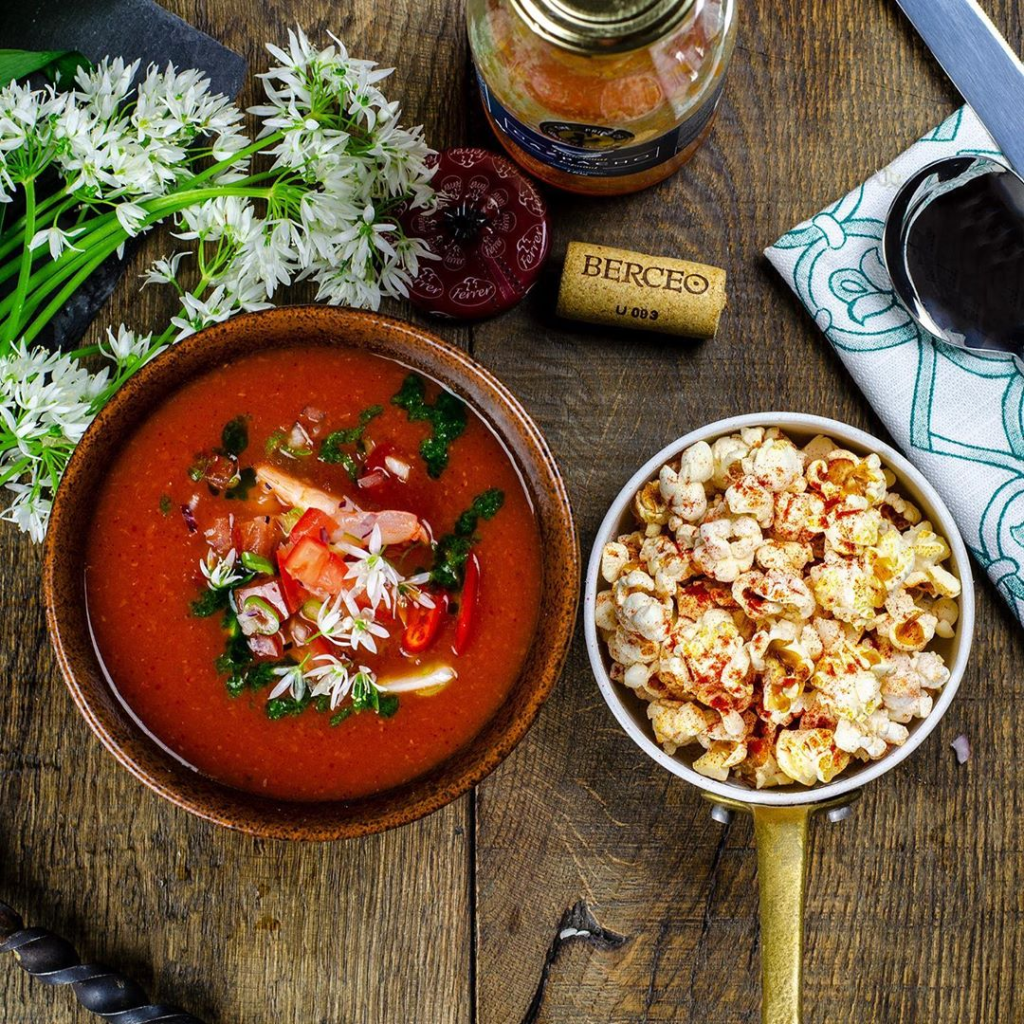
Even as a garnish, paprika can make a dish visually appealing. A light dusting of paprika on deviled eggs, potato salad, or hummus adds a burst of color and a hint of flavor.
The Global Legacy and Popularity of Paprika
Paprika’s journey from the Americas to kitchens worldwide is a testament to its versatility and appeal. It has become a staple in many cuisines, from Hungarian and Spanish to Mexican and Indian. The spice’s rich history and adaptability have made it a beloved ingredient that continues to enhance dishes across the globe.
Paprika is much more than just a colorful spice. Its rich flavors, varied types, and global influence make it an indispensable ingredient in the culinary world. Whether you’re looking to add a touch of sweetness, a hint of heat, or a burst of smoky flavor, paprika offers endless possibilities. Understanding its origins, production, and uses can help you make the most of this versatile spice in your cooking.

